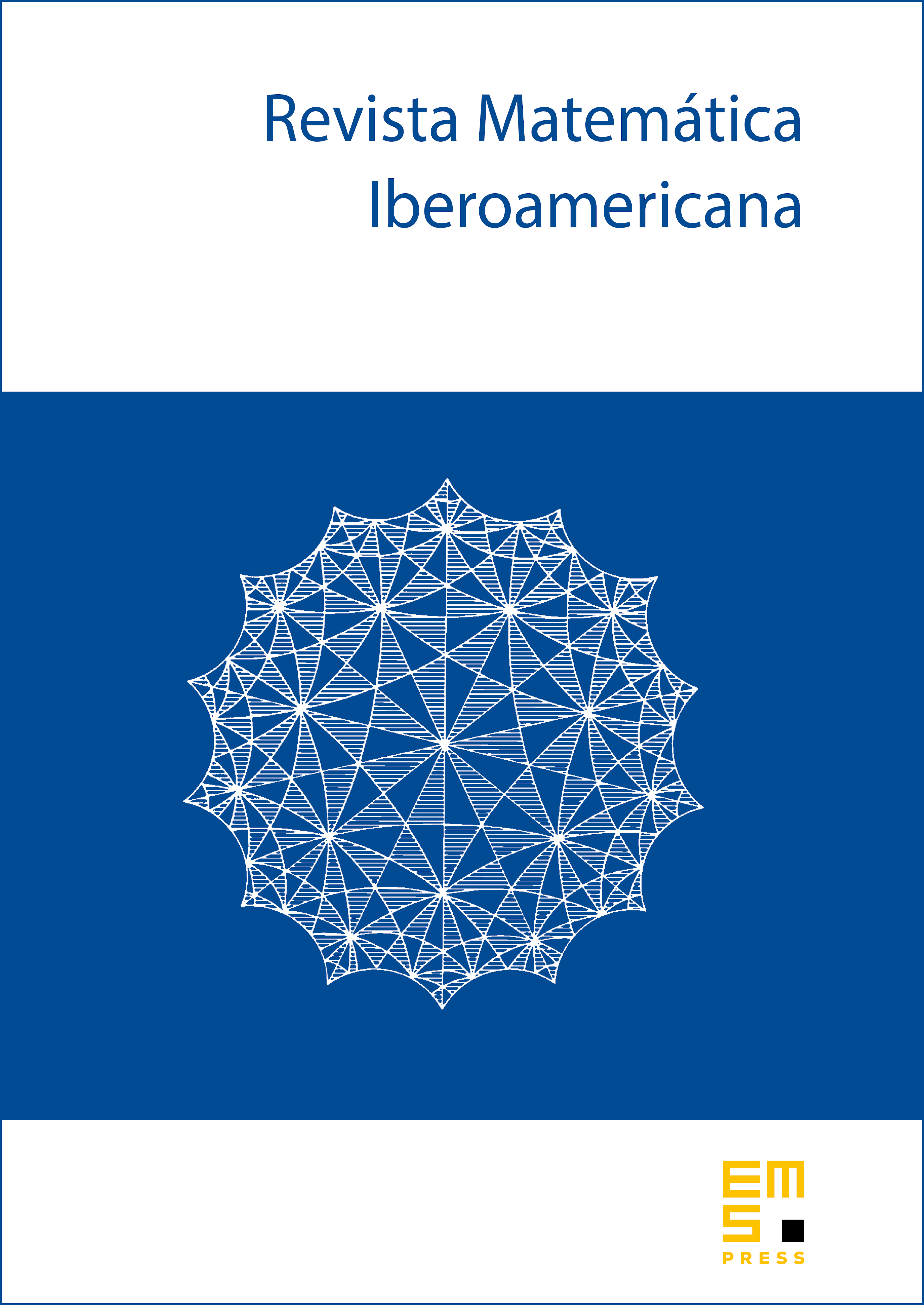Linear multifractional stable motion: fine path properties
Antoine Ayache
Université Lille 1, Villeneuve d'Asq, FranceJulien Hamonier
Université Lille 2, France

Abstract
For at least a decade, there has been considerable interest in applied and theoretical issues related to multifractional random models. Nonetheless, only a few results are known in the framework of heavy-tailed stable distributions. In this framework, a paradigmatic example is the linear multifractional stable motion (LMSM) . Stoev and Taqqu [30, 29| introduced LMSM by replacing the constant Hurst parameter of classical linear fractional stable motion (LFSM) by a deterministic function depending on the time variable . The main goal of our article is to make a comprehensive study of the local and asymptotic behavior of . To this end, one needs to derive fine path properties of , the field generating the process (i.e., one has for all ). This leads us to introduce random wavelet series representations of as well as of all its pathwise partial derivatives of any order with respect to . Then our strategy consists in using wavelet methods which are reminiscent of those in [2, 5]. Among other things, we solve a conjecture of Stoev and Taqqu concerning the existence for LMSM of a version with almost surely continuous paths; moreover we significantly improve Theorem 4.1 in [29], which provides some bounds for the local Hölder exponent (in other words, the uniform pointwise Hölder exponent) of LMSM. Namely, we obtain a quasi-optimal global modulus of continuity, and also an optimal local one. It is worth noticing that, even in the quite classical case of LFSM, the optimal local modulus of continuity provides a new result which was previously not known.
Cite this article
Antoine Ayache, Julien Hamonier, Linear multifractional stable motion: fine path properties. Rev. Mat. Iberoam. 30 (2014), no. 4, pp. 1301–1354
DOI 10.4171/RMI/816